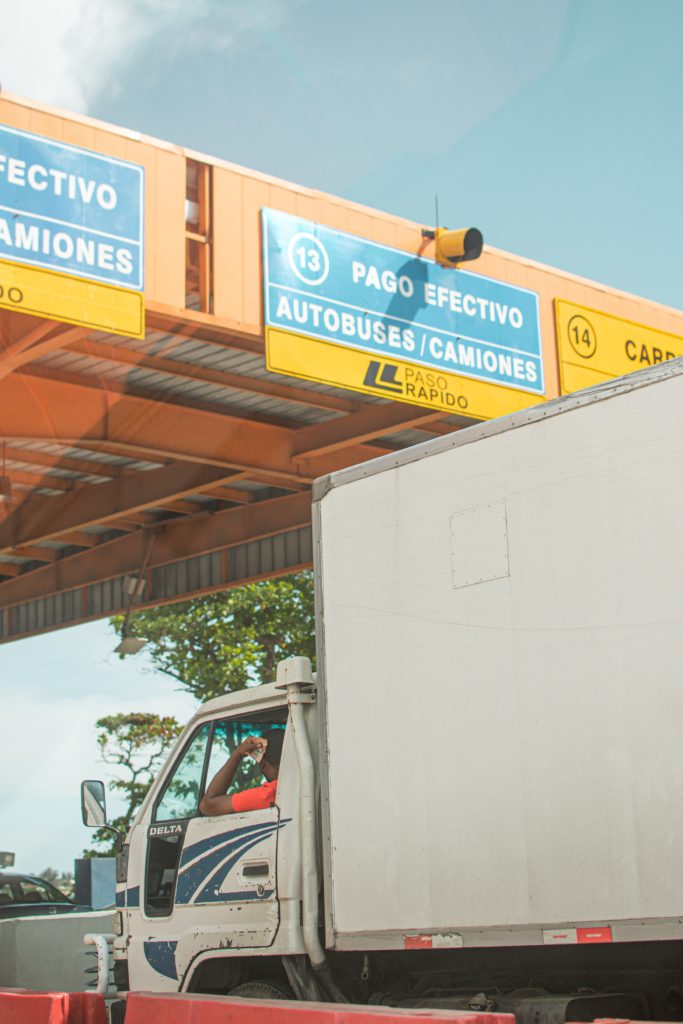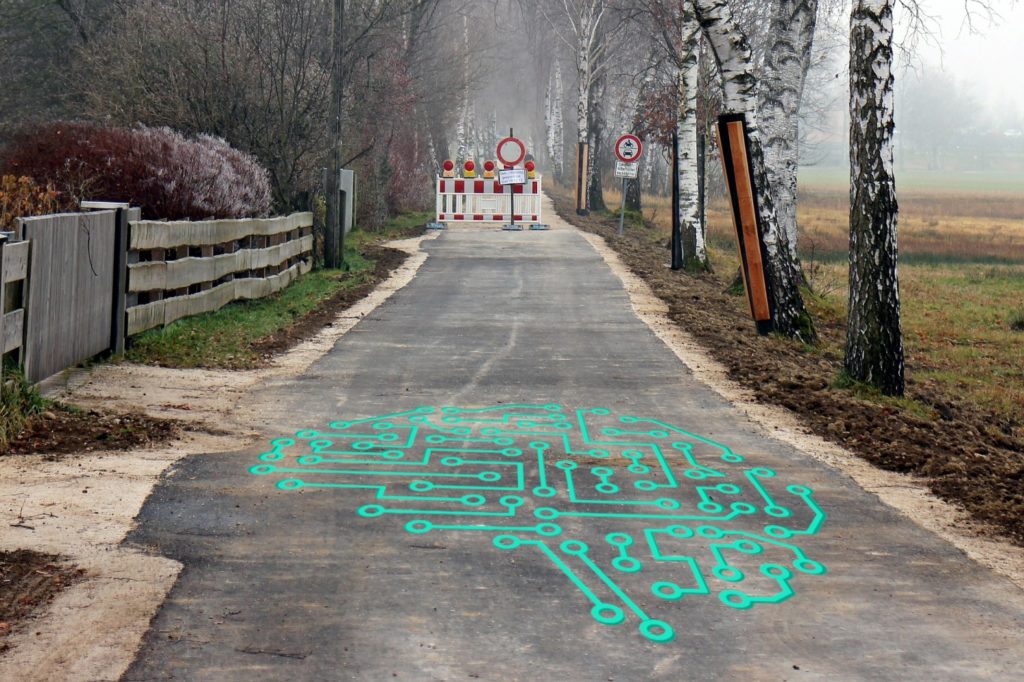We all know that roads are necessary but normally we only remember them when they found them in bad conditions. We take it for granted that must always be available and in perfect condition, but this requries a great effort in terms of personnel, time and material resources. The spanish roads give support to the 86% of the inland transport of goods and to the 88% of the passenger transport. This high load of vehicles using the roads, together with the weather and environmental conditions cause a high level of wear with the consequent loss of properties of the road.
This cause to the users a series of severe inconveniences: the primary one is that it means a reduction in road safety, but also leads to a decrease in travel comfort, an increase of the fuel consumption of vehicles with the consequent increase of polluting gases emissions.

It is evident that the rehabilitation, preservation and maintenance of the road infrastructures is of fundamental importance, although we all know how annoying is founding roadworks. In Europe, in particular in Spain we have a good road grid, quite dense and good conected but certainly aged because of the decrease of the expenditure in preservation of the last years. It should be remembered that it requires a high level of investment in road maintenance; it is estimated, according to ACEX, that the annual maintenance cost of a motorway is of 80,000€, that of a conventional road of 38,000€ and that our country carries a preservation deficit of 8,000 million euros. This deficit, without going any further, it seems that will mean the approvement of tolls on motorways as of 2024. Therefore, these economic aspects and the need of a high level of service in roads demanded by the logistic and tourism sector, but especially the need of having safe roads, make the application of new technologies that can provide innovative solutions in road maintenance are in high demand.
The modern management of roads involves planning the maintenance actions to be carried out before the appearance of very serious or irreparable damage. This approach allows to undertake the interventions in the most adequate moment, causing as little inconvenience as possible and maintaining the fucntional capacity of the road and its economic value without allowing the network to be ruined and decapitalised. It is true that exist traditional solutions for the road preservation that are effective but it doesn´t make a optimus use of the available resources and it doesn´ t take in count the expected frime developments for planning the optimal time for action. To act effectively, is fundamental in first place to know the status of the road network as accurately and objectively as possible. This knowledge generally is obtained through road inspection equipments that make possible the evaluation and measurement of the corresponding parameters. In this way it achieves a large quantity of data related with the road status that it is necessary to manage and interpret to be able to prioritise the maintenance and preservation activities to be carried out. The problem that then arises is the processing of a massive quantity of information that makes impossible the manual evaluation.
One of the most difficulties, therefore, is the extraction of useful information of numerous data sources, For some type of data, exist software packages capable of extractinf global index that are useful for knowing in a general way the actual status of the road, but these tools often lack the capcity of predicting the road status evolution and its future degradation.
The artificial intelligence is becoming more and more present in a lot of areas of our environment and, often, without being conscious of it. The application of these artificial intelligence techniques can mean also a strong impact in the road maintenance because it allows the extraction of precise information of different data sources and identify relationships between them that otherwise could go unnoticed with the techniques applied until now. The processing and analysis, through the convolutional neural networks, of all the available data (data from the road auscultation equipment, climatological data, of traffic intensity…) allows obtaining unachievable data with the traditional methods. When training and adjusting those networks using massive quantity of data can be obtained, for example, highly reliable pavement degradation models that allow accurate estimation of the most appropriate maintenance actions.

In this context, CARTIF and the company TPF actively collaborate in the development of these type of tools that can make a major breakthrough in improving road maintenance. Also there are other innitiatives that nowadays work in similar applications as Roadbotics (a spin-off of the Carneige Mellon University), the spanish company ASIMOB, Waterloo University in Canada, the finnish company Vaisala or the american company Blyncsy.
These tools will not eliminate the need of urgent repairs, as they can have many and varied origins, but it does have a significative impact on preventive and predictive interventions by making it possible to anticipate road deterioration and thus significantly reduce maintenance costs, reduce the time the road will be unavailable ad improve the degree of road comfort perceived by road users.
There are, finally, other interesting examples on how the artifical intelligence tools can help in the maintenance and improvement of the road safety, as for example the work of the MIT for predicting the road points in which it can occur traffic accidents and acting in consequence or the innitiative AI for Road Safety that use the artificial intelligence for reducing the number of road accidents.
In conclusion we can say that, thanks tot he help of these aritificial intelligence tools, in the next years we are going to have more safe and oeprative roads at the same time that we will notice that we found less works in our trips.
- Collaborative robots: new work employees on construction - 31 July 2024
- New strategies (and technologies) against huge forest fires - 11 February 2022
- Improvement of the road maintenance through Artificial Intelligence - 29 October 2021
